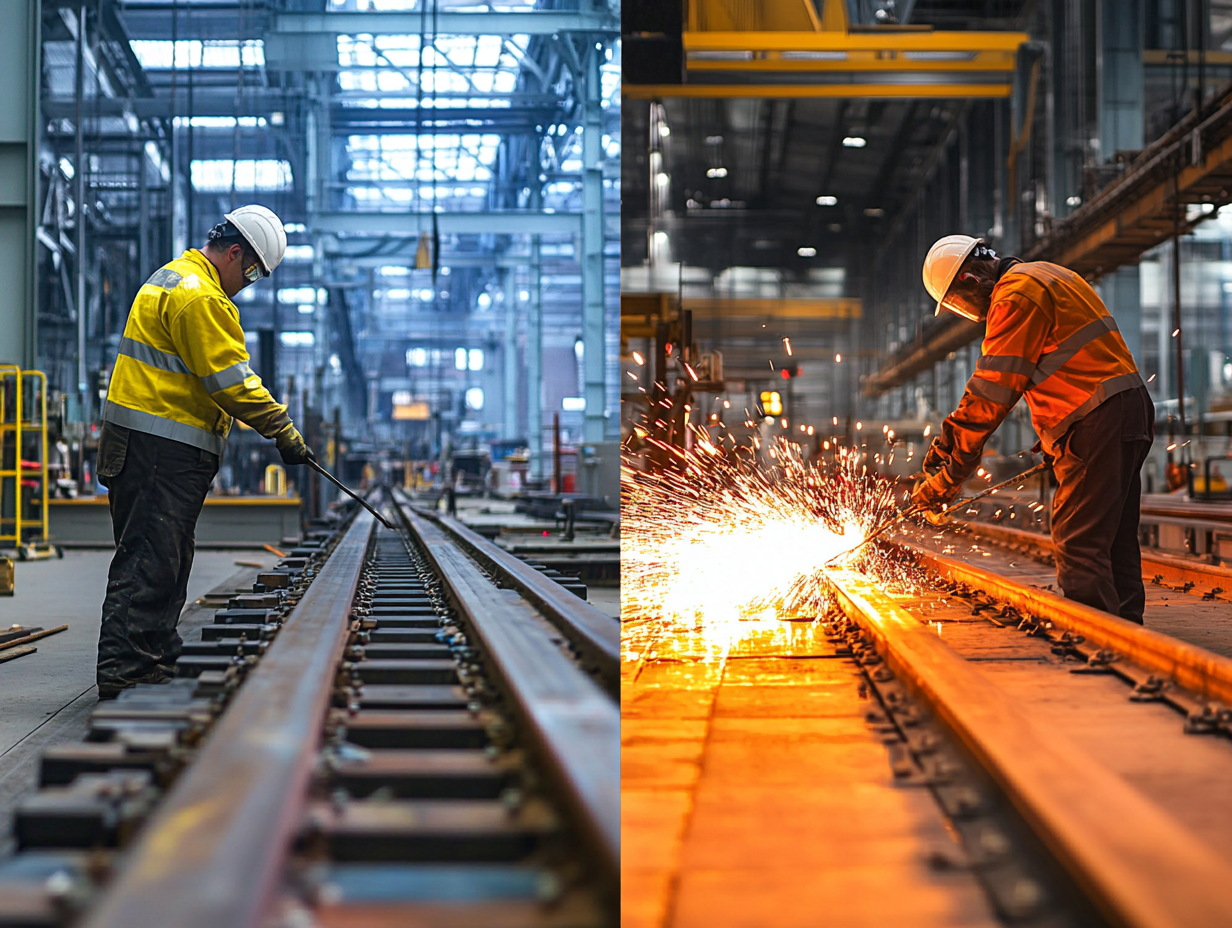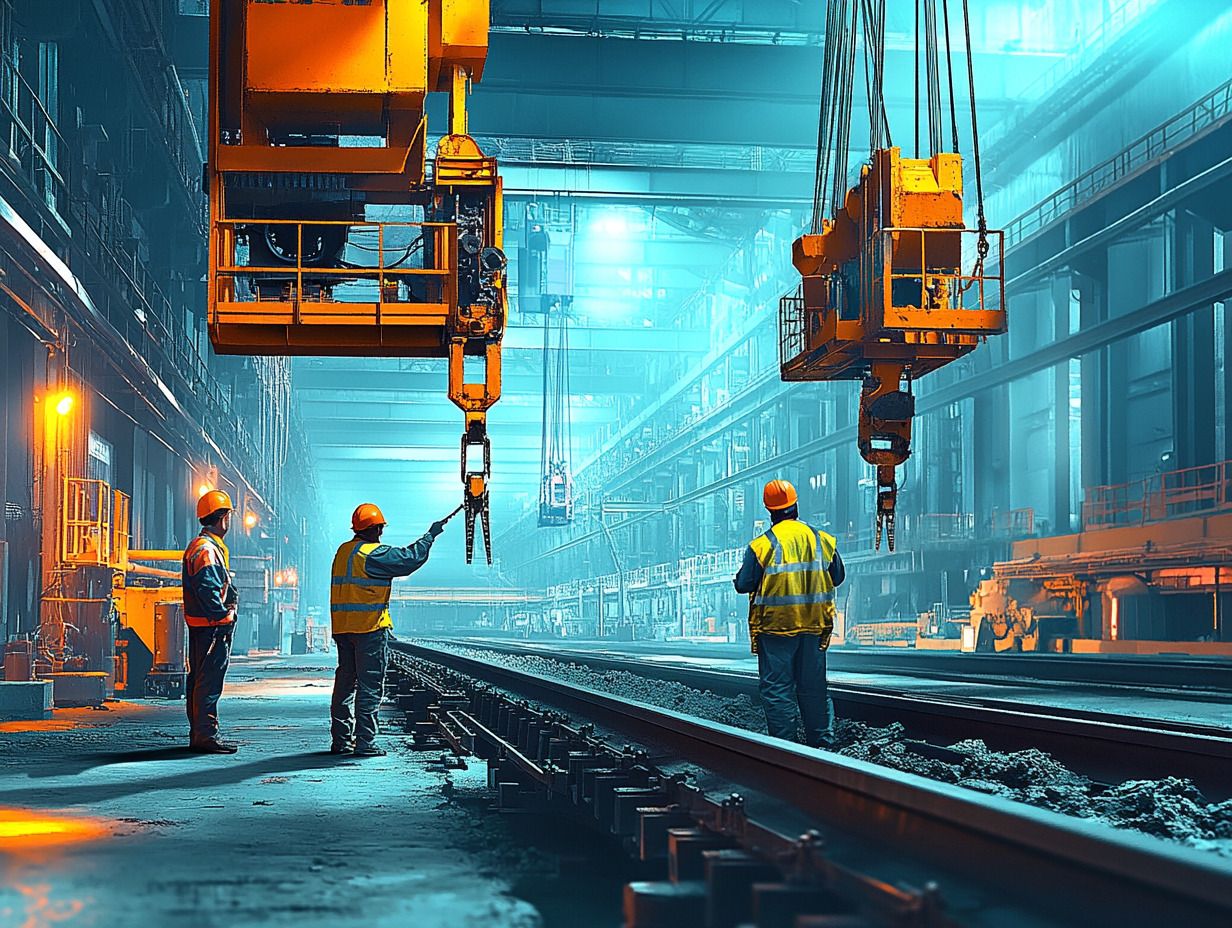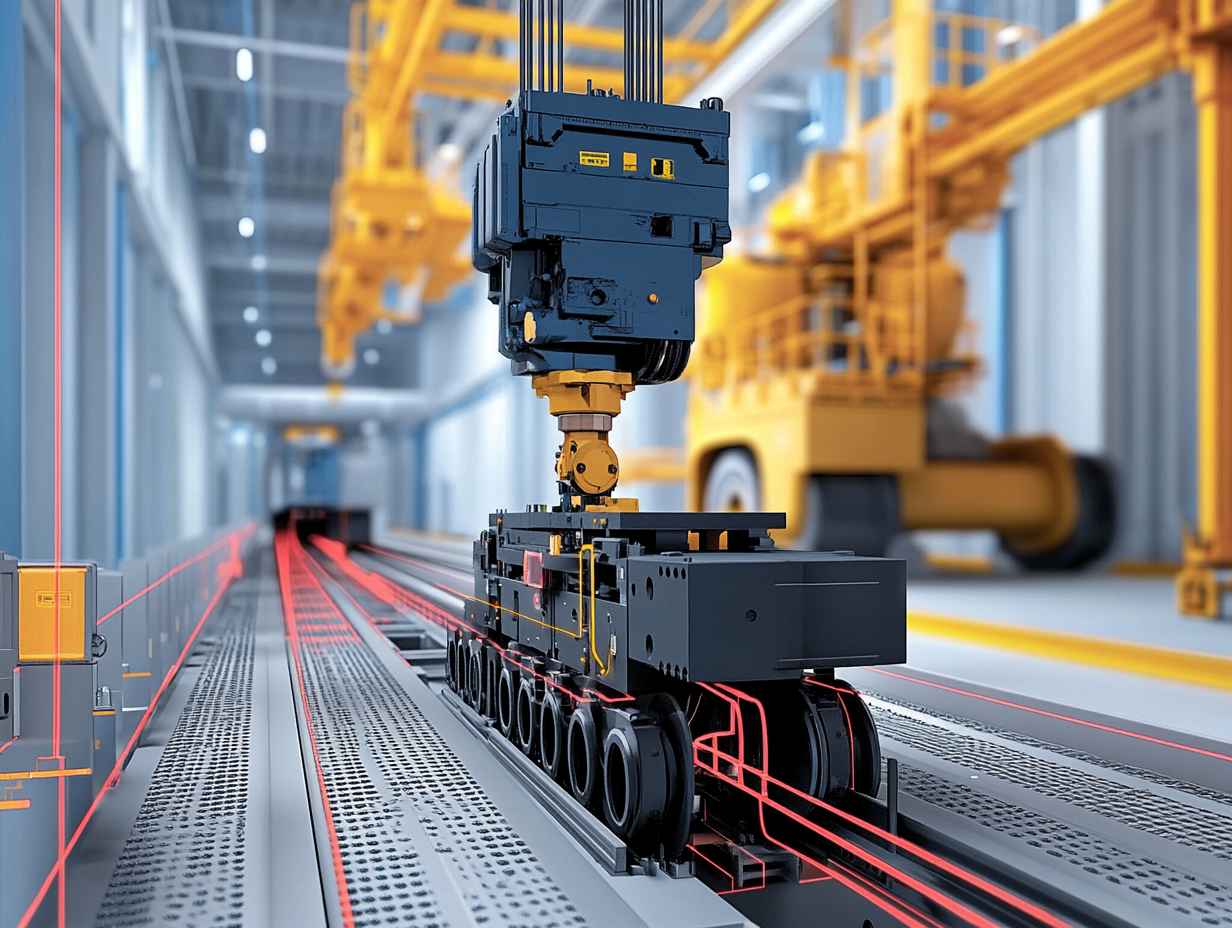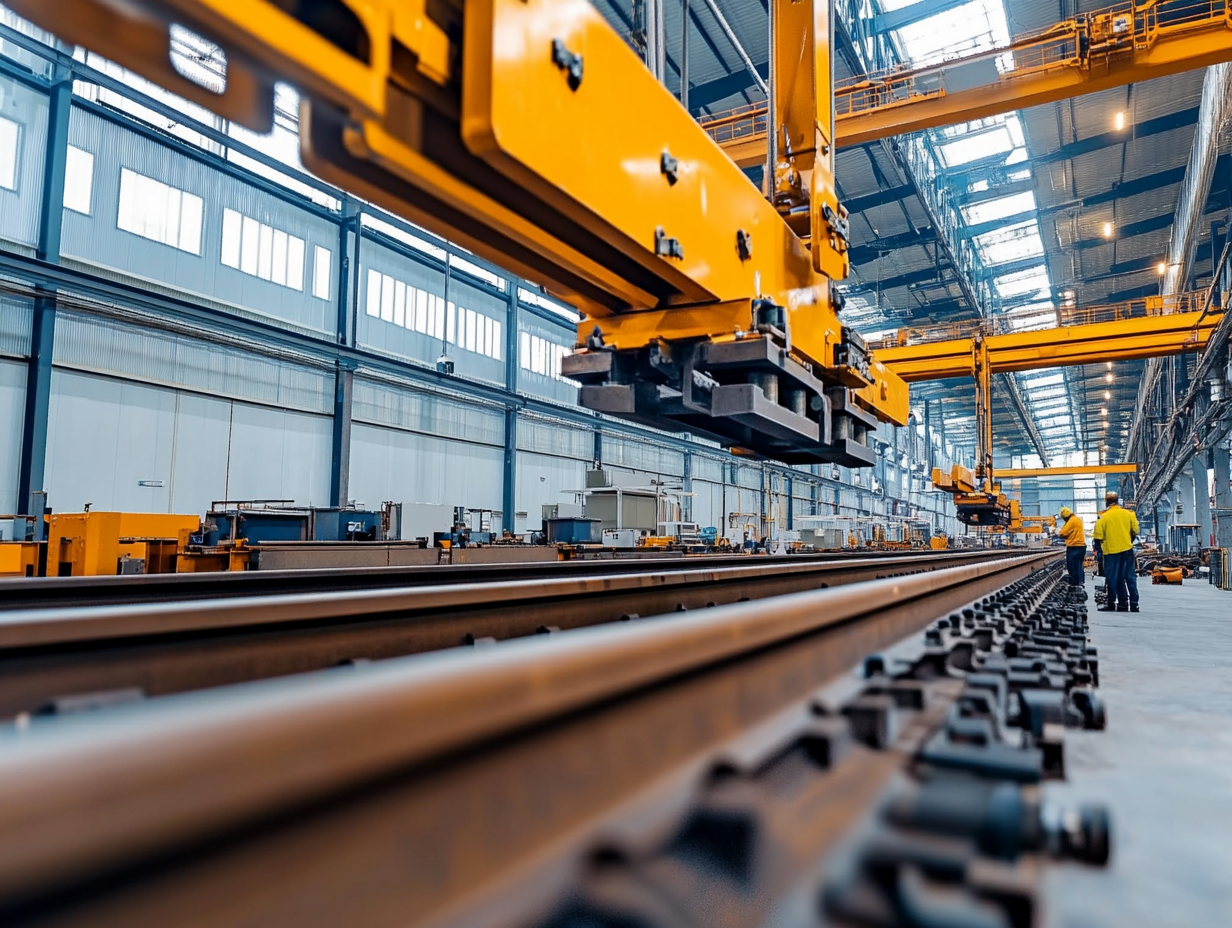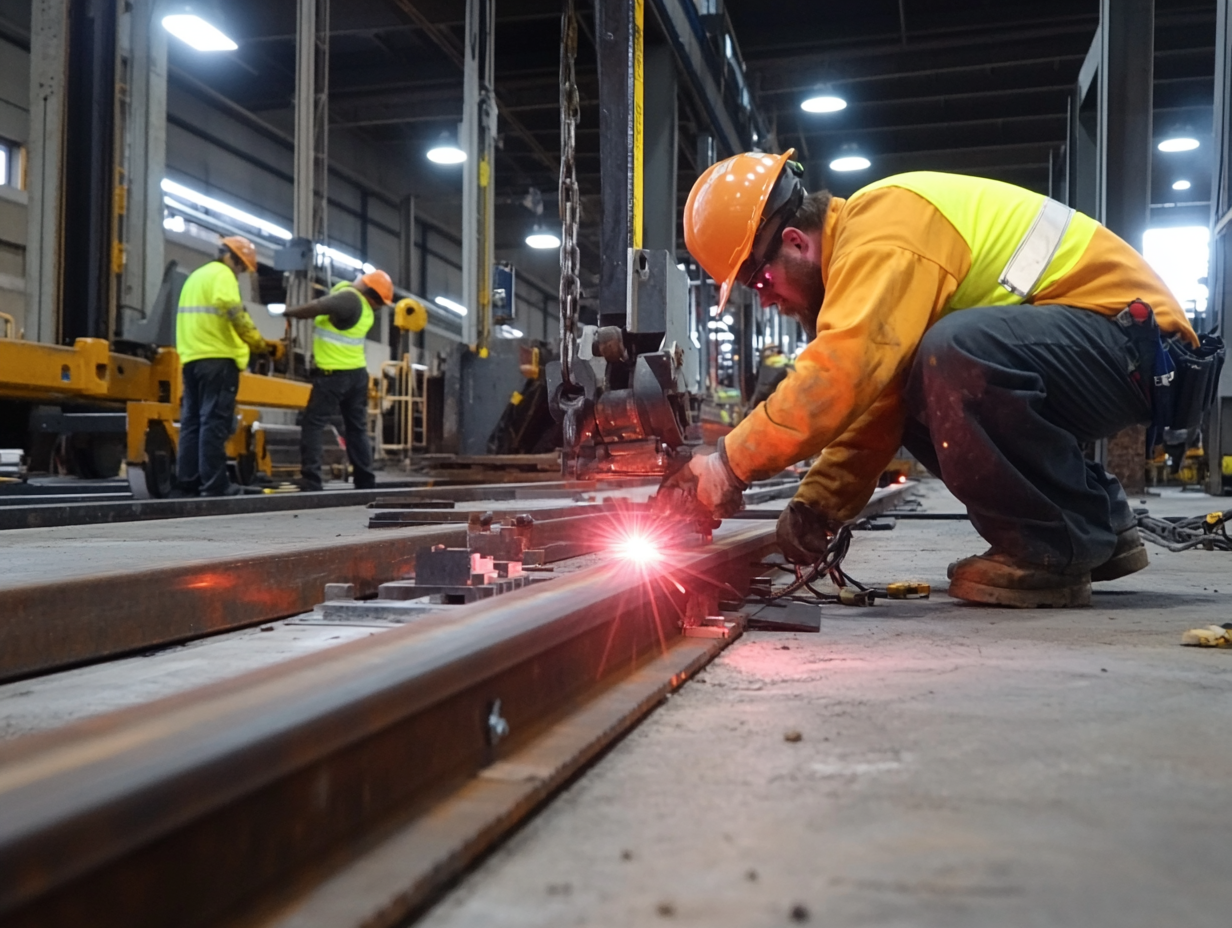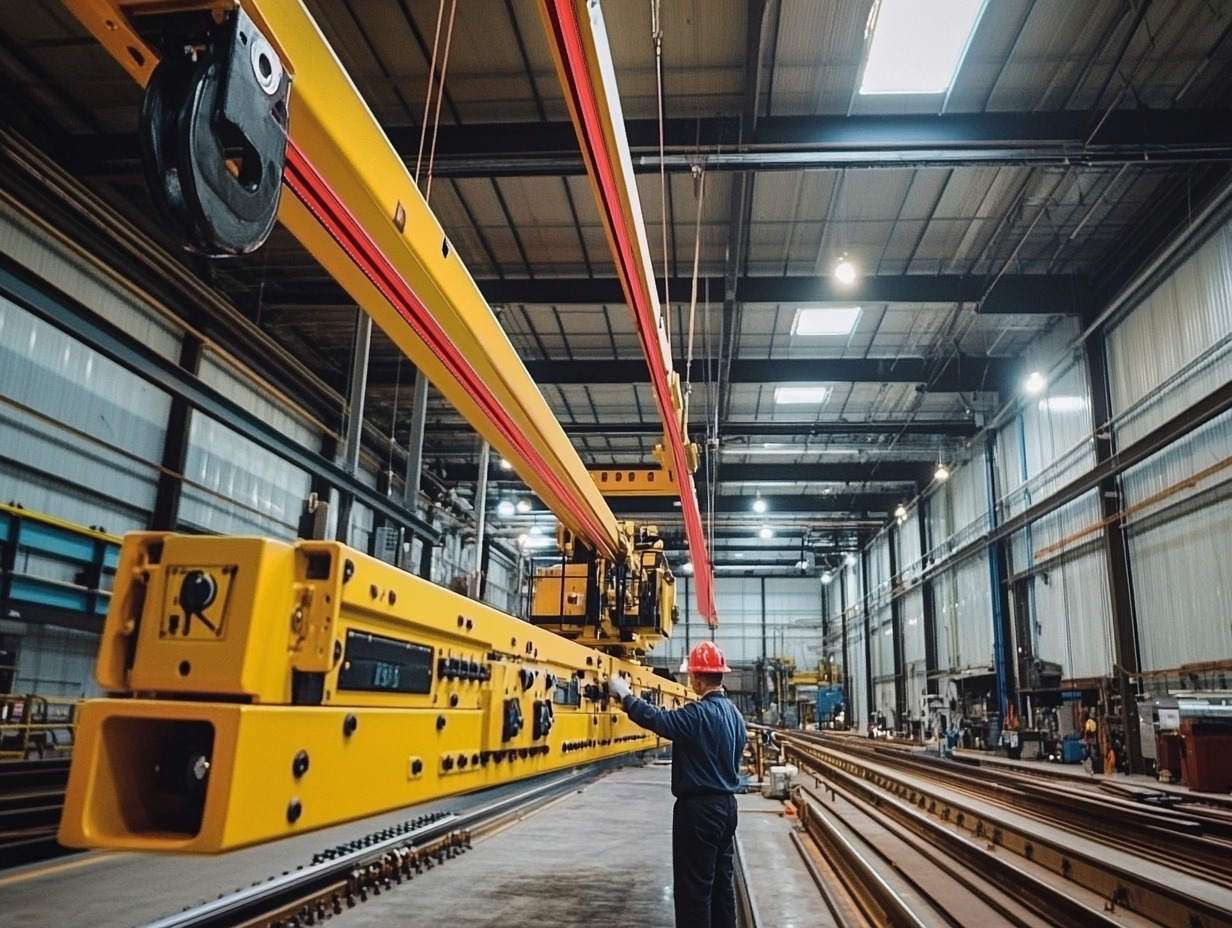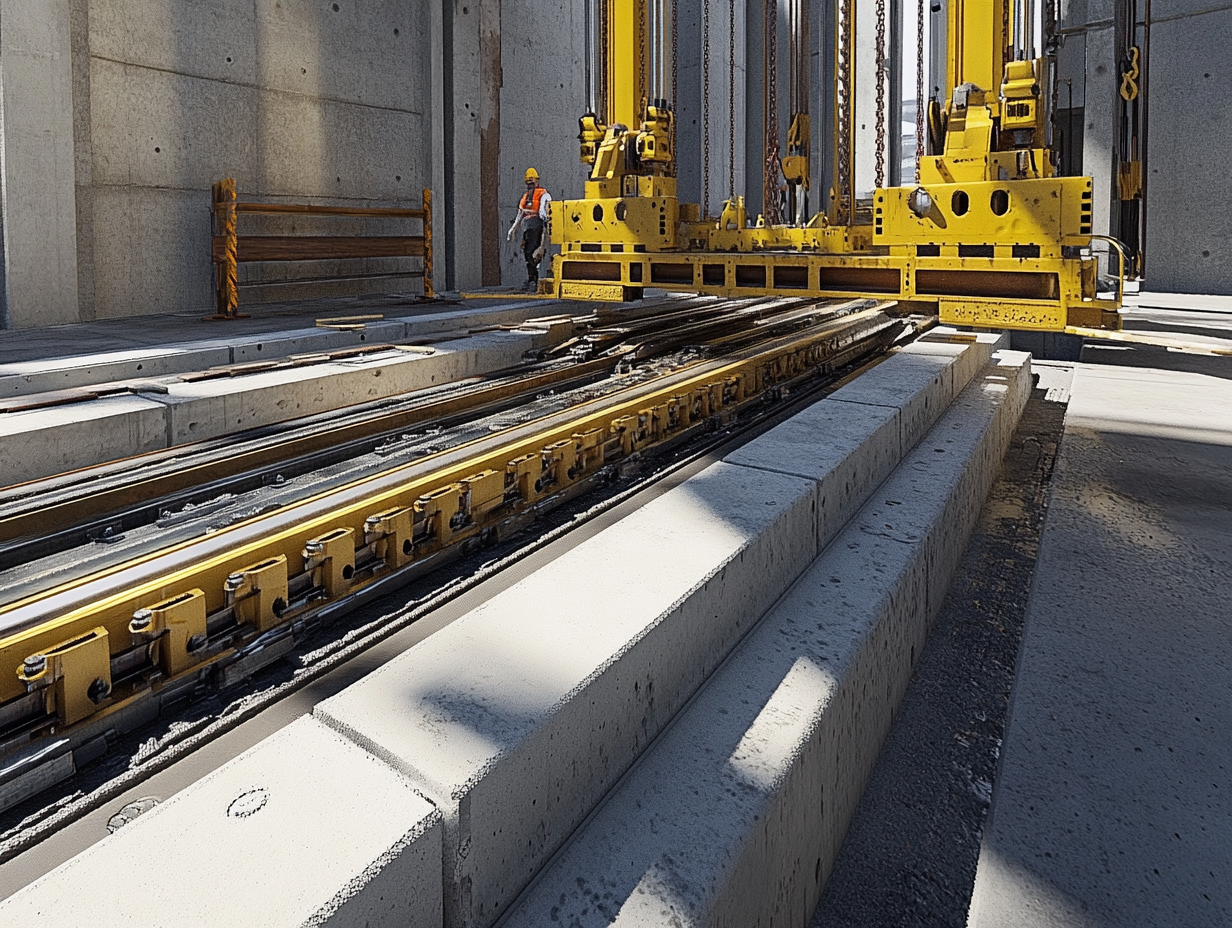Crane rail maintenance is essential for ensuring safety, efficiency, and long-term durability. Companies often choose between preventive maintenance, which focuses on scheduled inspections and early issue detection, and reactive maintenance, which addresses failures as they occur. This blog explores the advantages and risks of both approaches, helping you implement an optimal rail maintenance strategy.
Crane rails are subjected to continuous mechanical stress, heavy loads, and environmental factors, which can cause wear and deformation over time. Without proper management, these issues can lead to misalignment, increased maintenance costs, and safety risks. This blog explores the causes of rail wear, strategies to minimize deformation, and best practices for extending rail lifespan.
Ensuring stability and fatigue resistance in crane tracks is essential for maintaining safety, longevity, and operational efficiency. Over time, repeated loading and environmental factors can cause material fatigue, misalignment, and structural degradation. This blog explores the critical factors affecting stability, common fatigue issues, and best practices for preventing premature failures.
Crane rail selection is a critical decision that directly impacts safety, efficiency, and long-term durability in industrial operations. Choosing the wrong rail can lead to premature wear, misalignment, and costly maintenance. This blog explores the essential factors to consider when selecting the right crane rail for your system.
Proper crane rail installation and bedding systems are essential for ensuring stability, durability, and reduced maintenance costs. Incorrect installation or improper bedding can lead to wear, deformation, and misalignment. This blog explores crane rail installation techniques, bedding systems, and key considerations for optimal performance.
Crane tracks must handle not only vertical loads but also lateral forces and torsion (twisting effects). Insufficient torsional resistance or uncontrolled lateral forces can cause rail deformations, crane instability, and serious operational issues. This blog explores how torsion is managed in crane tracks and the methods used to control lateral forces for optimal stability.
Crane tracks are engineering marvels designed to safely transport heavy loads. However, the reliability and durability of these systems depend heavily on the materials used and the design choices made.


